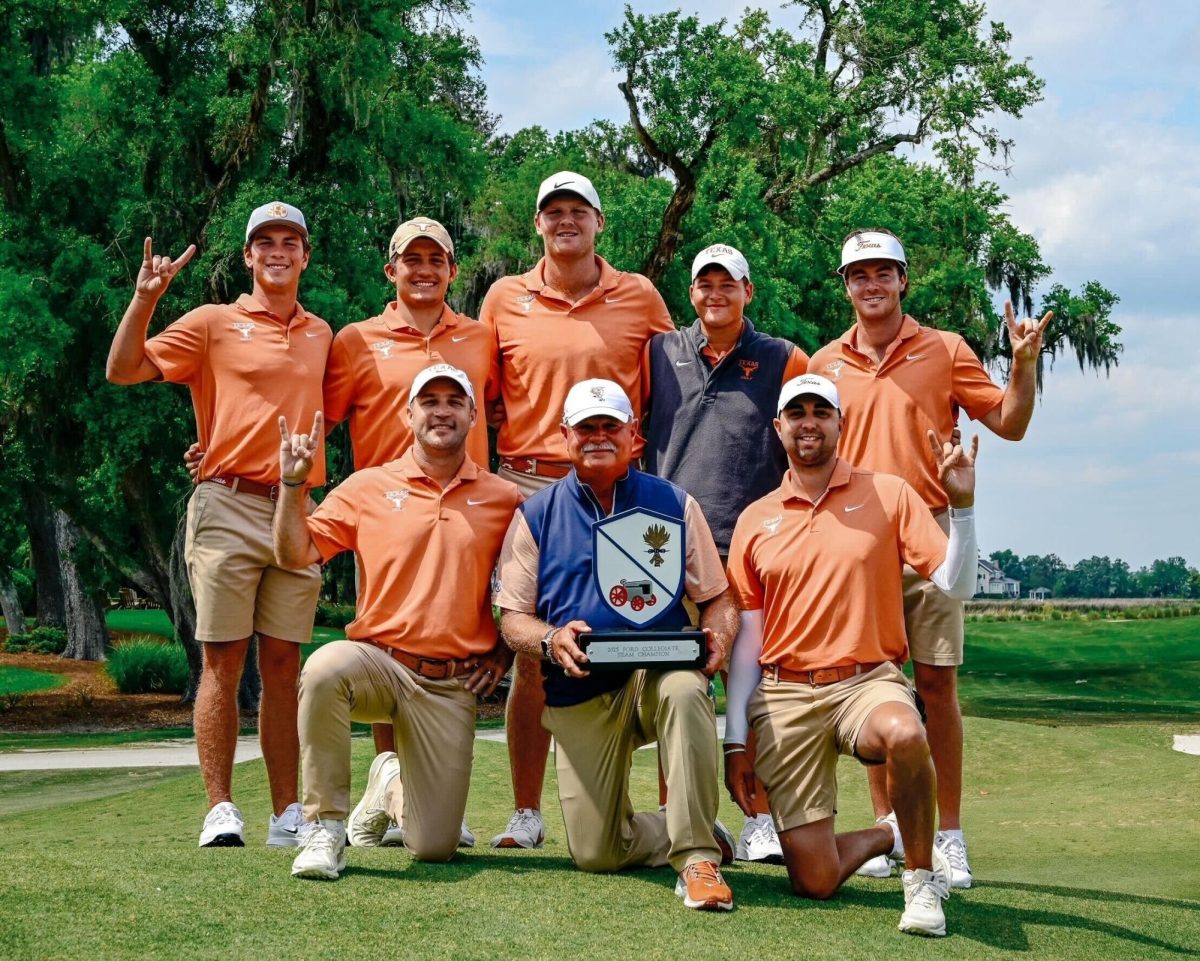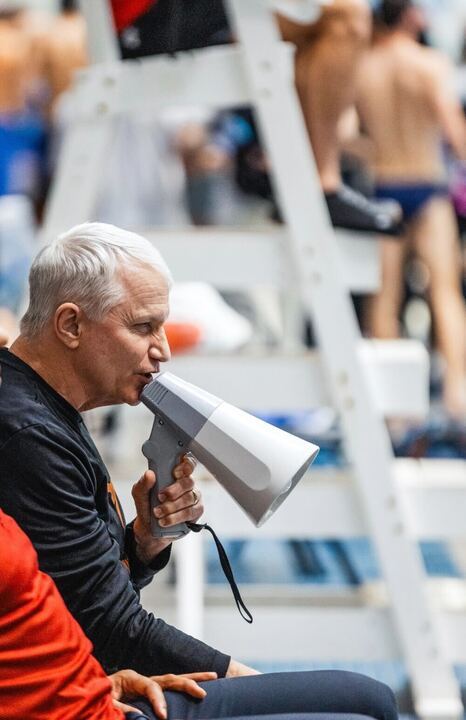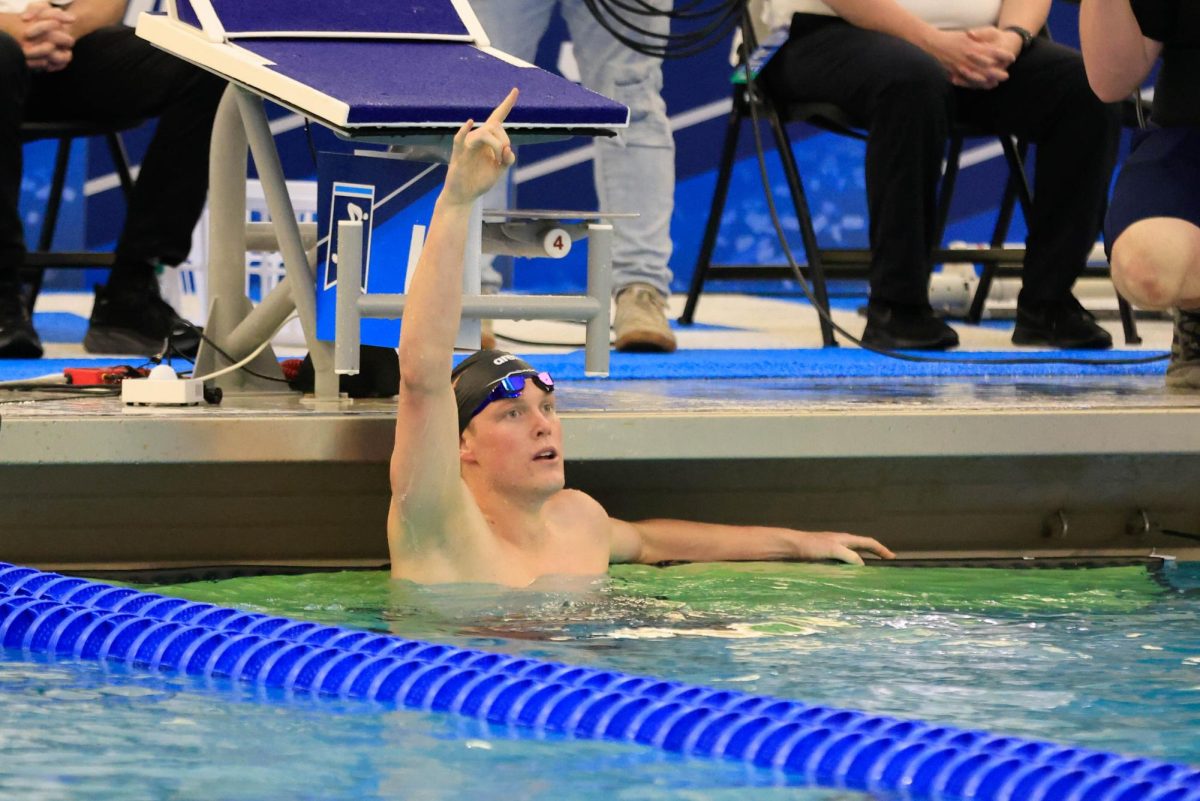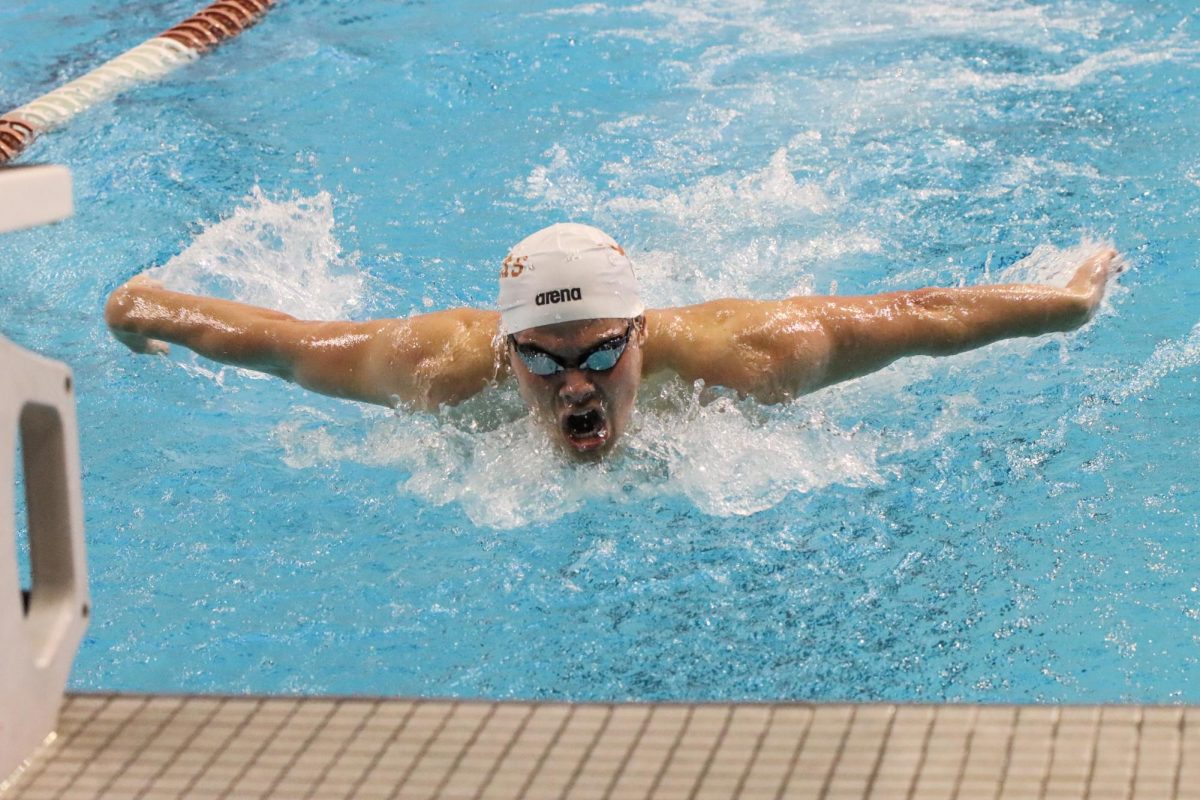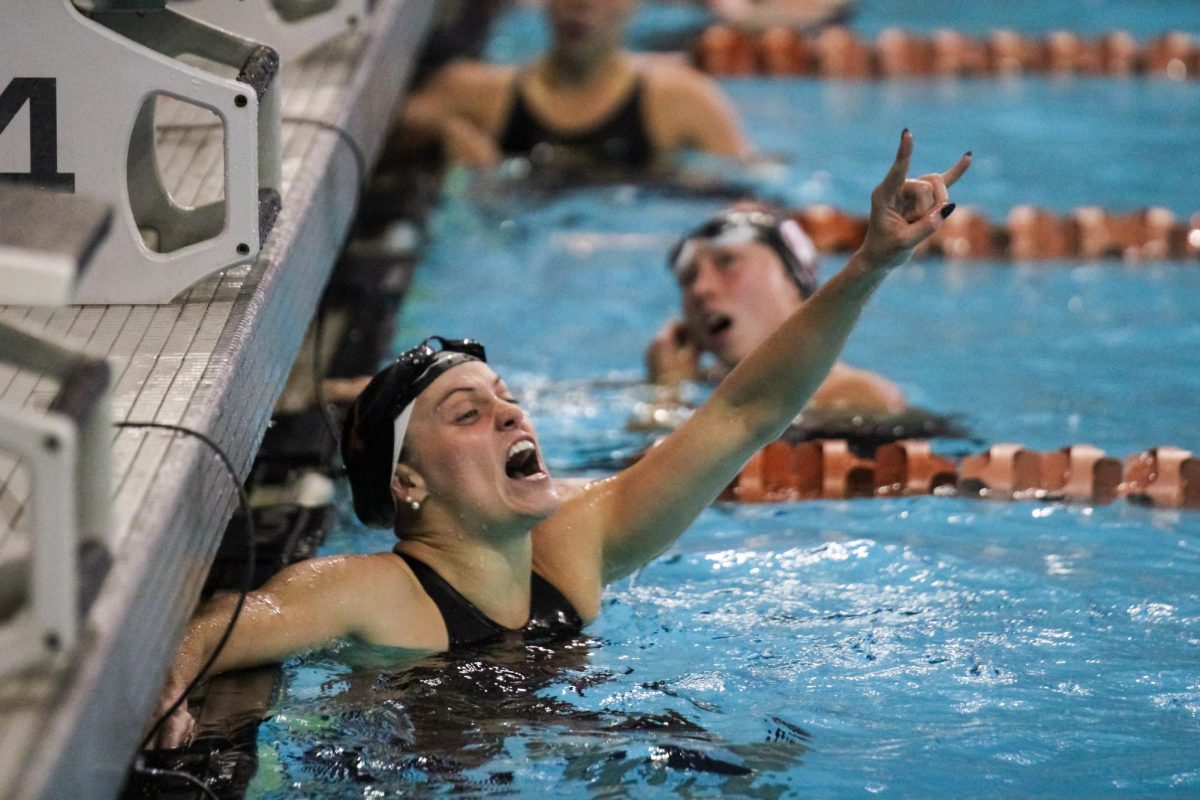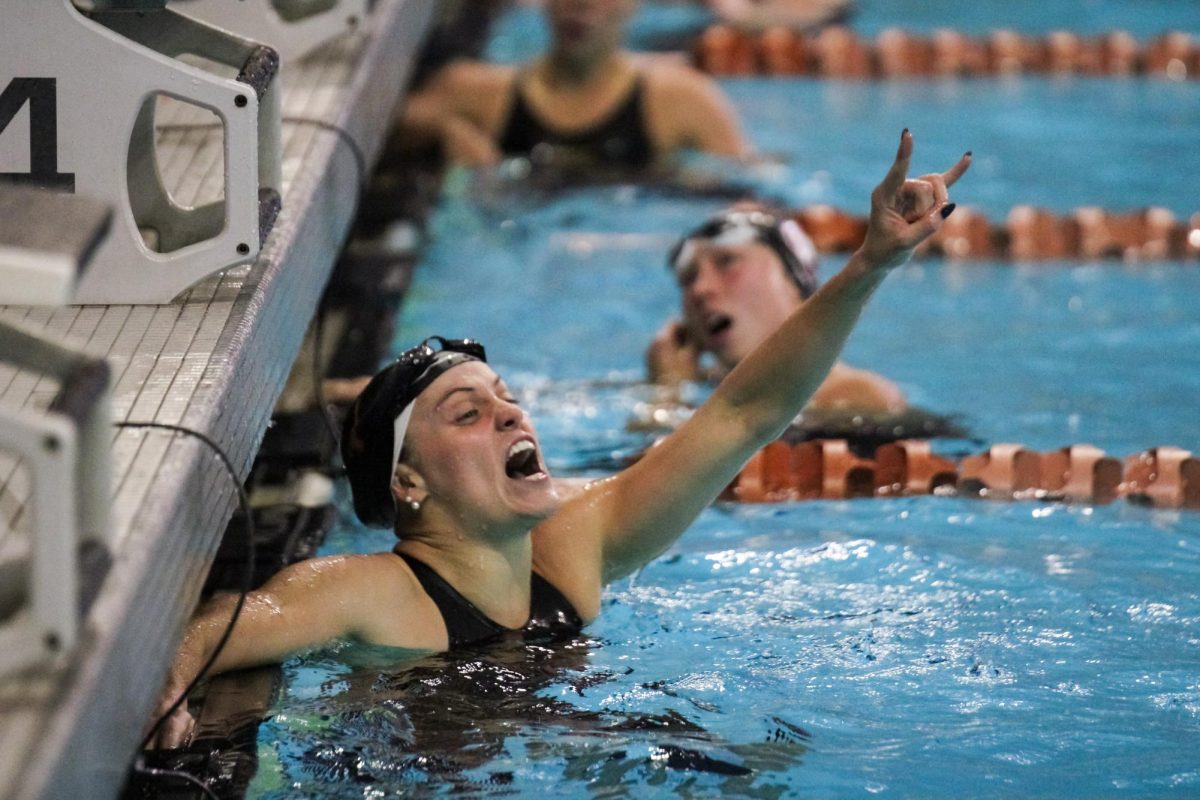While NCAA Championship swimming qualifiers were selected on March 5, the divers are currently competing one last time in the NCAA Zone Diving Championships to secure their spots in the final meet of the postseason.
Since divers compete before different judges depending on their program, it is impossible to use regular season results to determine qualifiers and ensure unbiased selection. Additionally, it can’t be scored based on a time standard and is therefore more complicated and vulnerable to potential subjectivity from the judges in charge of scoring it.
To combat potential bias or unbalanced scoring in diving, the NCAA splits Division I diving programs into five different zones and has them compete roughly one week before the NCAA Championships. The top-11 finishers in the one-meter, 10 in the three-meter and nine in the platform in Zone D will earn places in the NCAA championships.
These zone championships are currently underway, occurring from March 10-12. The Texas women’s diving team is a member of Zone D, and they have established a significant first place lead with 93 points.
The University of Minnesota currently sits in second place with just 47 points.
Two Texas divers earned NCAA qualifying scores in Monday’s three-meter final, with freshman Alejandra Estudillo Torres taking first place and sophomore Bayleigh Cranford securing the eighth place position in the event.
Senior Hailey Hernandez and freshman Taylor Fox finished 11th and 12th, respectively. Although this doesn’t earn them automatic qualifying spots in the NCAA Championships, they could still end up competing in the event if they qualify in either of the other events.
This stems from an NCAA Championship rule. If you meet the Zone D qualification standard in one of your other events, you can compete in any other event you earn a top-12 position in.
Hernandez earned third place in both the one and three-meter events at the Southeastern Conference Championships, and a top 11 finish in the one-meter could qualify her for both of these events at national competition.
With two days of diving ahead in what is known as a very competitive zone, there is still a lot to be determined.
“Our zone has been a battle for decades just to get into NCAAs because of the depth of people all over our zone,” head coach Matt Scoggins said ahead of the 2024-2025 season.
Texas is off to a strong start as a team, with six divers earning spots in the three-meter final. This was more than any other program in the zone and a display of something Texas has exhibited all season as a swim and dive program: depth.
The Longhorns have been accumulating wins against ranked programs all season long, as well as podium sweeps in several events. Their most recent victory came from the Southeastern Conference Championships, a victory that diving made a significant contribution to. They recorded 335 points in the SEC Championships, which was 217 more than Texas A&M, who earned the second highest number of points from diving.
These 335 points also set an SEC Meet record. Torres had 81.
Alongside Cranford and potentially more divers by the end of the zone championships, Torres will join already qualified swimming teammates in the NCAA Championships on March 19-22. Texas is currently ranked No. 2 and is set to face intense competition on the biggest stage of the season.
“The zone meet is like the Olympic trials every year,” Scoggin said.”You’ve gotta be on.”







